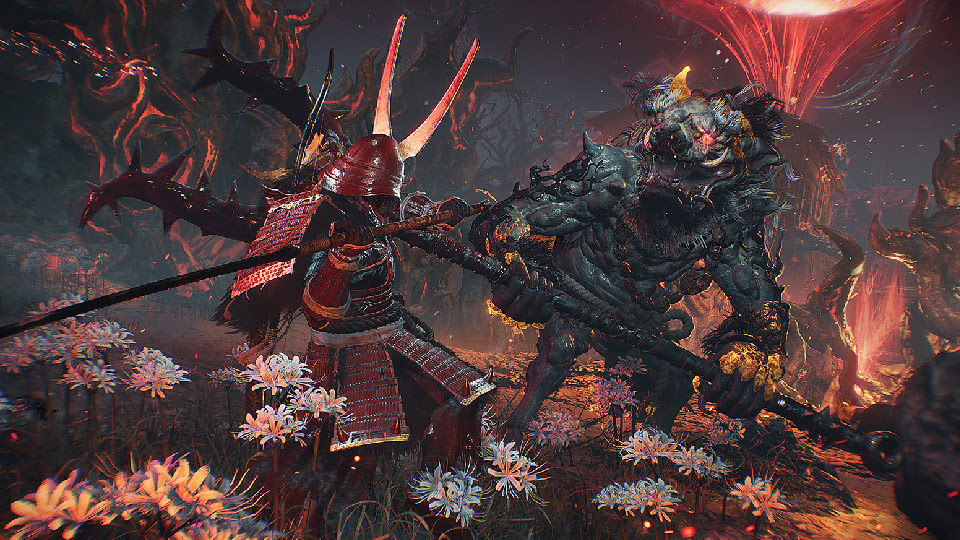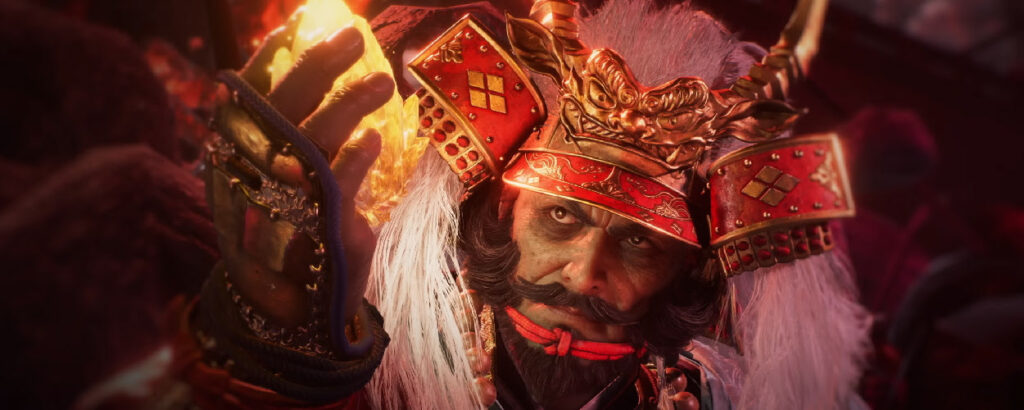For almost a decade Japanese developer Team Ninja has been hot on the heels of FromSoftware, the studio behind Dark Souls, Bloodborne, Elden Ring, and indeed the wider “Soulslike” genre. Many have tried to replicate and remix that formula to varying levels of success, Team Ninja being the most dogged and consistent in that pursuit.
2017’s Nioh ticked all the boxes, including brutal skill-based combat, a dark oppressive world, and a satisfying risk/reward progression, while adding its own kinetic combat touches. After all, these are the guys who developed the 3D Ninja Gaiden series. Since then, the studio has put its name to a successive string of Souslike games including Nioh 2, Stranger of Paradise: Final Fantasy Origin, Wo Long: Fallen Dynasty, and Rise of the Ronin, each wrapping that familiar action RPG core with new and interesting design ideas.
Announced during Sony’s recent State of Play broadcast, Nioh 3 doesn’t require you to have played the two previous games in the series, even if that might help. It may share the same setting and core gameplay design, but this isn’t a continuous story. As a lone warrior destined to become Shogun, you enter a world gripped by a bloody conflict as Japanese warlords vye for power amidst a demonic Yokai invasion.
The Nioh series has always excelled in blending elements of mythology and folklore with real-world history, giving the games a distinct identity that is equal parts grim and enchanting. Once idyllic landscapes are now wreathed in a pulsating aura of corruption as a menagerie of spirits, beasts, and other monstrosities predate upon the remaining pockets of humanity who have yet to succumb to war.

Nioh fans will immediately feel at home, though there are some new gameplay quirks that take some getting used to. Players will notice that the main character is more agile and dynamic in their movements – something carried forward from Wo Long and the more recent Rise of the Ronin. They can double jump and dodge in mid-air, adding a greater sense of verticality to Nioh’s combat and exploration.
Another major new gameplay feature allows the player to seamlessly switch between Samurai and Ninja playstyles, both with their own unique abilities, movesets, and equipment loadouts. Where the Samurai is more defence-focused with hard-hitting charged attacks the Ninja is capable of running rings around sluggish opponents, delivering a flurry of attacks before using their Mist evade to fall back. Naturally, players are likely to gravitate towards one of playstyle, though Team Ninja makes an argument for using both to suit different combat scenarios.
Nioh 3’s evolution doesn’t stop there. With FromSoftware having broken the bonds of its traditional “open linear” level design with Elden Ring’s open world, Nioh was bound to follow suit. Again, we got a taste of this in Rise of the Ronin, and at first it can be a little disorientating. Nioh 3’s opening stage serves as a tight-knit tutorial, allowing newcomers and veterans to cut their teeth on a few skirmishes before squaring up to a tough first boss – a member of Takeda Shingen’s Crimson Cavalry.
However, it isn’t long before players are unleashed upon a vast new landscape that stretches in just about every direction. Although there’s a gleaming icon on the HUD compass, players are invited to forge their own path, discovering hidden treasures, completing side quests, and stumbling upon horrific enemies they have no chance of defeating. The Shrines dotted throughout act as resting points where you can replenish items, trade goods, and funnel resources into boosting various stats and skills, enabling a multitude of build possibilities.
Playing the Nioh 3 alpha demo it’s clear to see how ambitious the scope of this game is, building on countless gameplay innovations and experiments Team Ninja has developed across its stable of recent action RPGs. It’s not just bigger, it’s deeper and more layered, instantly becoming one of our most anticipated PlayStation 5 games of 2026.
